
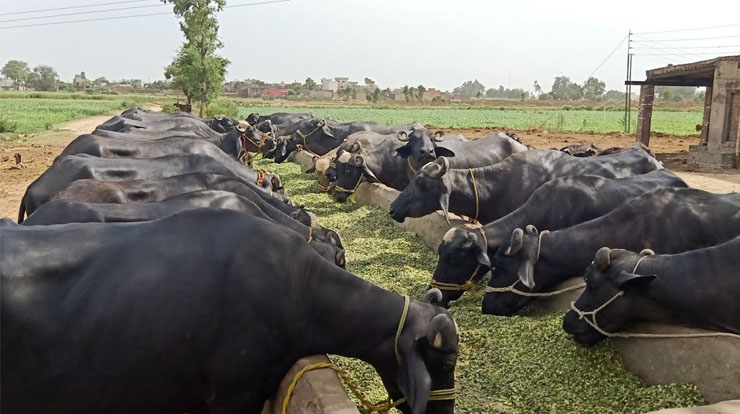
The Murrah buffalo is a breed of water buffalo (Bubalus bubalis) mainly kept for milk production. It originates in Haryana and Punjab of India, where it is kept in the districts of Bhiwani, Agra, Hisar, Rohtak, Jind, Jhajhar, Fatehabad, Gurgaon and the capital region of Delhi. It has been used to improve the milk production of dairy buffalo in other countries, such as Italy, Bulgaria and Egypt. A Murrah buffalo at the Lakshmi Dairy Farm in Punjab set a record of 26.335 kg (58.06 lb) of milk in the 2016 National Livestock Competition and Expo. In Brazil, this breed of buffalo is used for production of both meat and milk. Murrahs sell for a high price.
Goat farming involves the raising and breeding of domestic goats (Capra aegagrus hircus) as a branch of animal husbandry. People farm goats principally for their meat, milk, fibre and skins.
Goat farming can be very suited to production alongside other livestock (such as sheep and cattle) on low-quality grazing land. Goats efficiently convert sub-quality grazing matter that is less desirable for other livestock into quality lean meat. Furthermore, goats can be farmed with a relatively small area of pasture and with limited resources.
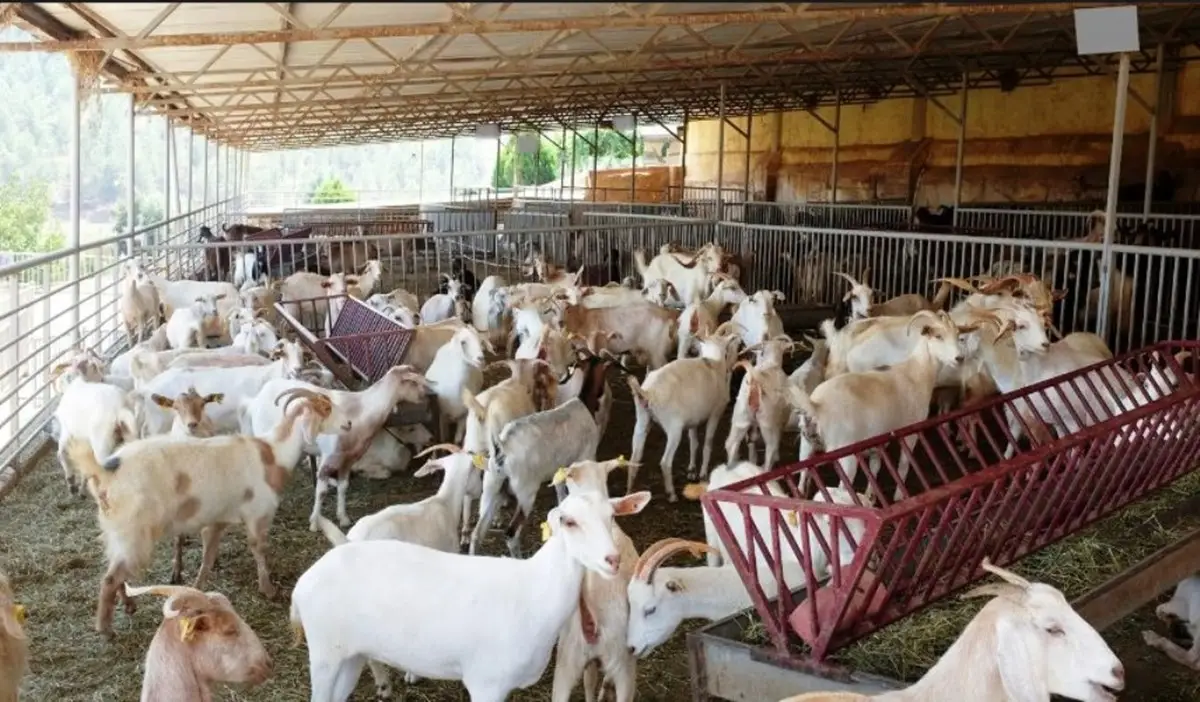
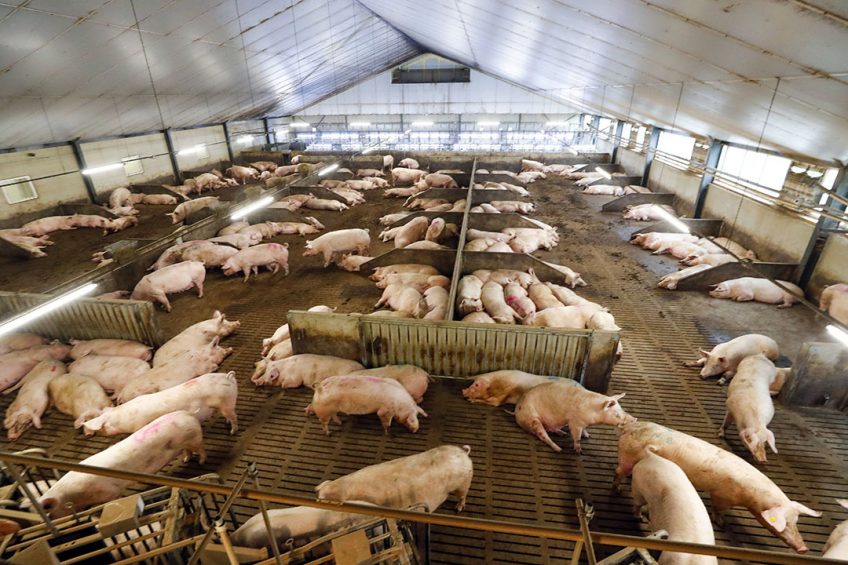
Pig farming or pork farming or hog farming is the raising and breeding of domestic pigs as livestock, and is a branch of animal husbandry. Pigs are farmed principally for food (e.g. pork: bacon, ham, gammon) and skins.
Pigs are amenable to many different styles of farming: intensive commercial units, commercial free range enterprises, or extensive farming (being allowed to wander around a village, town or city, or tethered in a simple shelter or kept in a pen outside the owner's house). Historically, farm pigs were kept in small numbers and were closely associated with the residence of the owner, or in the same village or town. They were valued as a source of meat and fat, and for their ability to convert inedible food into meat and manure, and were often fed household food waste when kept on a homestead. Pigs have been farmed to dispose of municipal garbage on a large scale.
The domestic duck or domestic mallard (Anas platyrhynchos domesticus) is a subspecies of mallard that has been domesticated by humans and raised for meat, eggs, and down feathers. A few are also kept for show, as pets, or for their ornamental value. Almost all varieties of domesticated ducks, apart from the domestic Muscovy duck (Cairina moschata), are descended from the mallard.
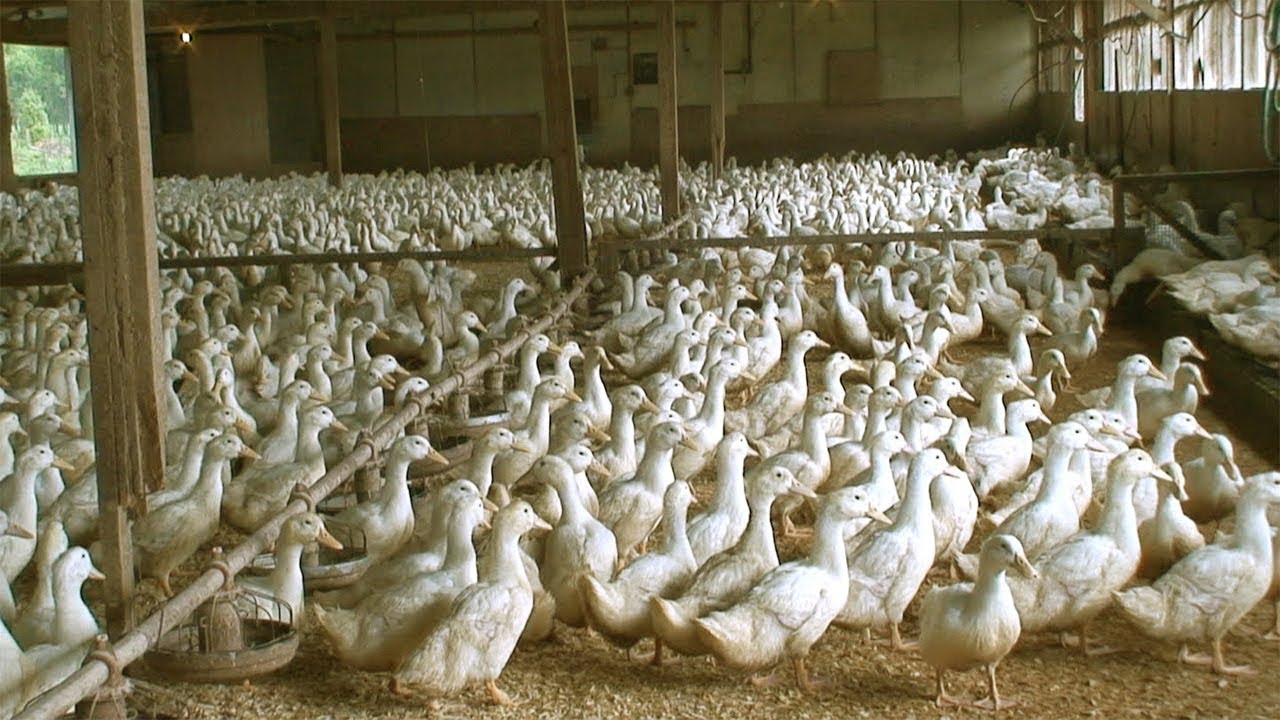
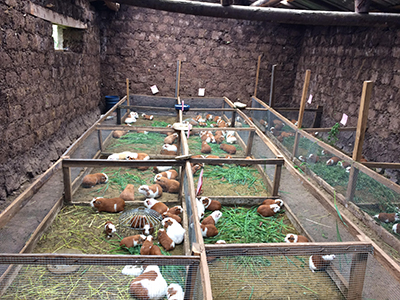
The guinea pig or domestic guinea pig (Cavia porcellus), also known as the cavy or domestic cavy (/ˈkeɪvi/), is a species of rodent belonging to the genus Cavia in the family Caviidae. Breeders tend to use the word cavy to describe the animal, while in scientific and laboratory contexts, it is far more commonly referred to by the common name guinea pig. Despite their common name, guinea pigs are not native to Guinea, nor are they closely related biologically to pigs, and the origin of the name is still unclear. They originated in the Andes of South America. Studies based on biochemistry and hybridization suggest they are domesticated animals that do not exist naturally in the wild, descendants of a closely related cavy species such as C. tschudii. They were originally domesticated as livestock for a source of meat, and are still consumed in some parts of the world.
In Western society, the guinea pig has enjoyed widespread popularity as a pet since its introduction to Europe and North America by European traders in the 16th century. Their docile nature, friendly responsiveness to handling and feeding, and the relative ease of caring for them have continued to make guinea pigs a popular choice of household pet. Organizations devoted to the competitive breeding of guinea pigs have been formed worldwide. Many specialized breeds, with varying coat colors and textures, are selected by breeders.
Livestock breeds of the guinea pig play an important role in folk culture for many indigenous Andean peoples, especially as a food source. The animals are also used in folk medicine and in community religious ceremonies. They are raised for their meat and are a culinary staple in the Andes Mountains, where they are known as cuy. In the 1960s a modern breeding program was started in Peru that resulted in large breeds known as cuy mejorados (improved cuy). Marketers tried to increase consumption of the animal outside South America.
Biological experimentation on domestic guinea pigs has been carried out since the 17th century. The animals were used so frequently as model organisms in the 19th and 20th centuries that the epithet guinea pig came into use to describe a human test subject. Since that time, they have been largely replaced by other rodents, such as mice and rats. However, they are still used in research, primarily as models to study such human medical conditions as juvenile diabetes, tuberculosis, scurvy (like humans, they require dietary intake of vitamin C), and pregnancy complications